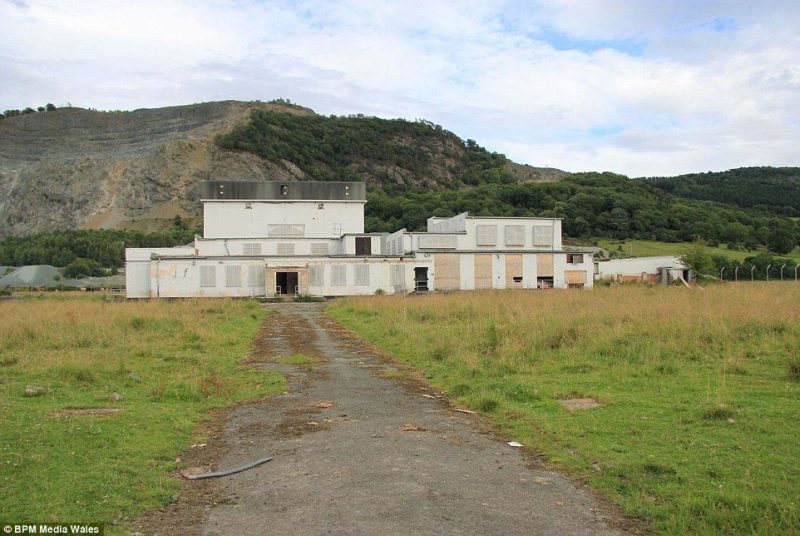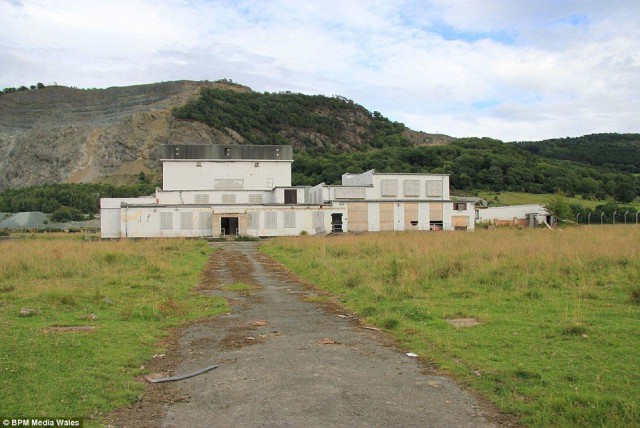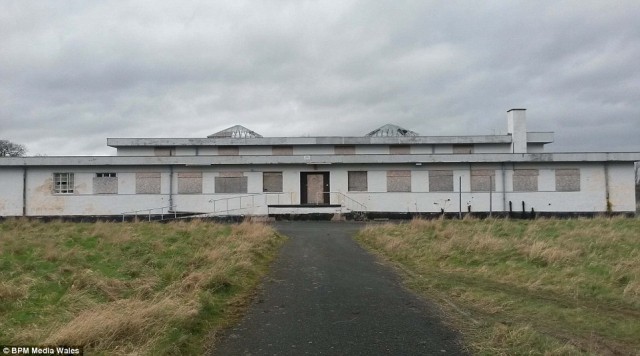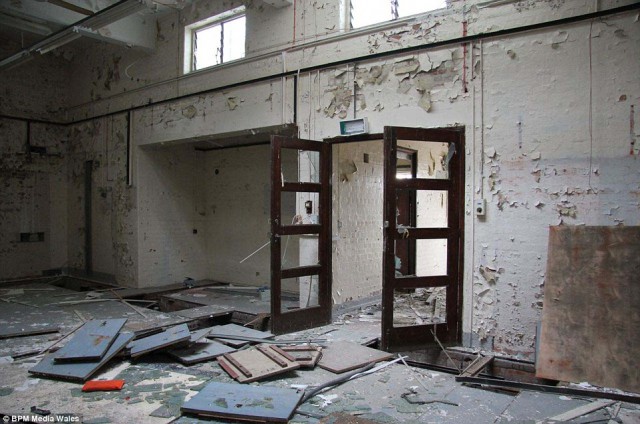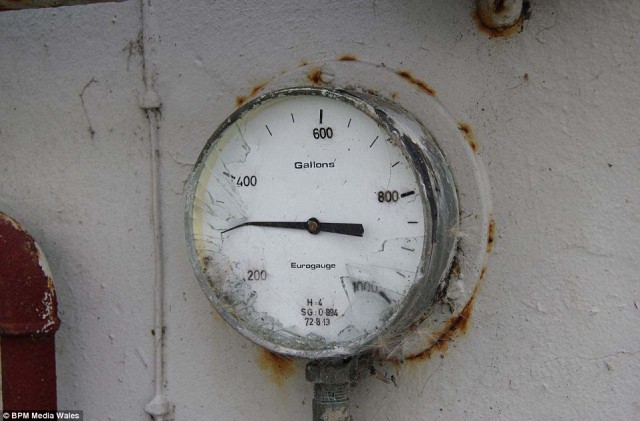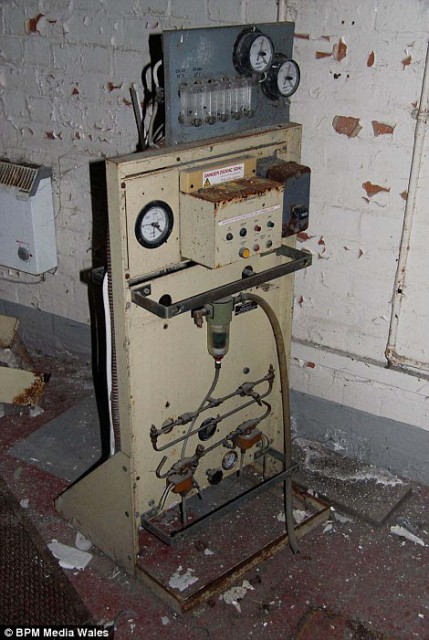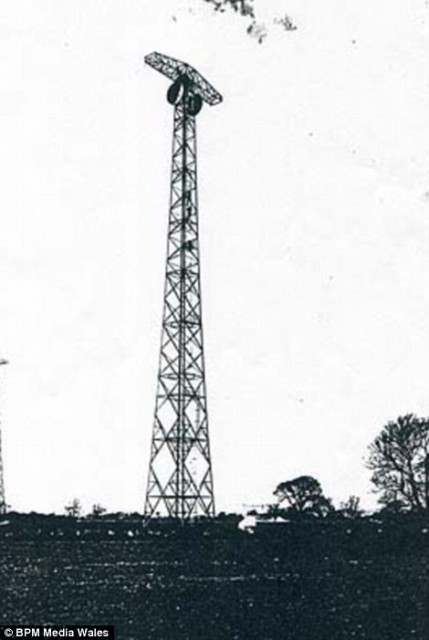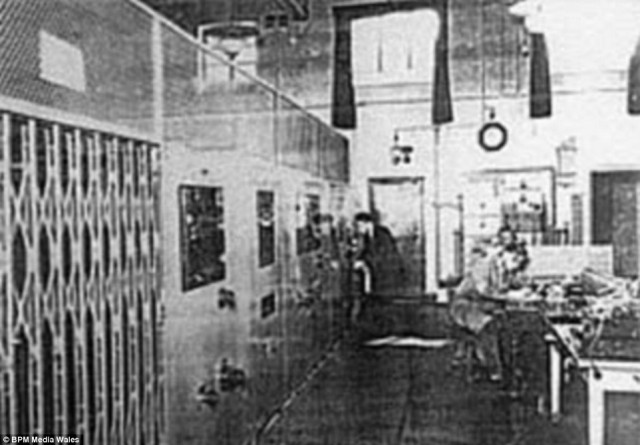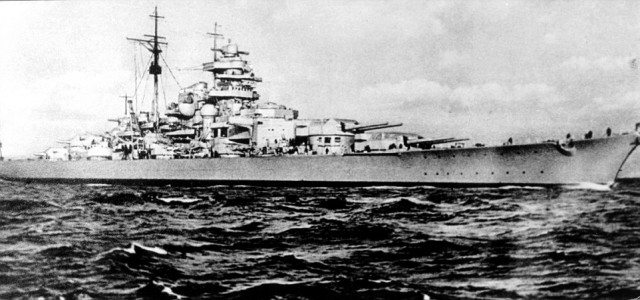Criggion Station was a top-secret naval communications base that was built in 1943 in Wales and used during both WWII and the Cold War.
During World War II, it was thought the the base was used to keep contact between Admiralty and the Royal Navy ships. It was also believed that Criggion station is where the order was made to sink the Belgrano and the Bismarck. When the station’s towers were destroyed in 2003, the mystery was over.
Four local investors have now purchased the communications base and intend on rebuilding on the site.
Established during WWII, Criggion station, located near Welshpool, Wales beamed communications to ships of the Royal Navy.
It was from the Criggion that orders were sent to sink the Bismarck and General Belgrano war ships.
At one time, the Criggion station was targeted for attack by the Russians. After being abandoned in the late 1990’s, the site is now falling apart. The station is made up of four buildings and over 11 and a half acres. When it was put up for sale, it could be purchased all together or in different sections.
Mark Kelly, a representative from the Telereal Trillium real estate company, noted that the community is very happy that the site has been sold to four investors from the local area. He believes that the regeneration of the location will provided benefits to local community.
He goes on to explain that the bids for purchase of the site came in from quite a few interested parties. Details of who have purchased the site and what is planned for its future have not been disclosed, but some possibilities include residential housing, a war museum, a design studio or an industrial storage facility.
This rusted water gauge has been left untouched on the wall of the station since the 1990’s.
This broken radio transmitter was also abandoned at the site.
At total of three of these radio masts were demolished at the site in 2003.
Graham Brown, councillor of Powys County, along with local community members, had originally been interested in building a national museum containing war artifacts. Brown noted that some of the activities that took place during wartime was linked to US states like Colorado and Hawaii.
He also explained that it was from Criggion station that orders were given to sink the warship Bismarck, and that the order from Margaret Thatcher during the Falklands War to sink the General Belgrano was also transmitted at the site.
He believes that if the site were to be rebuilt into a museum it would attract tourists, benefit the economy, provide education and increase historical value.
This photograph shows people working inside the Criggion station when it was active during war time.
From the top of the Breidden, looking down on the Criggion station building, is Rodney’s Pillar.
Criggion was originally built because because the UK was afraid that the German’s might bomb a major communications station located in Rugby, Warwickshire
Before Criggion was officially used, there was a fire at the Rugby location which made the station at Welsh become the main post, and included communicating with battleships and submarines.
It was at this station that the order to sink the Scharnhorst took place in 1943, which was a devastating blow for the Germans.
It wasn’t until after WWII was over that the station had its highest level of activity. In the 1960’s, during the Cold War, there were 160 workers responsible for communicating with the other side of the Atlantic throughout the Cuban Missile Crisis. Because of this, the station became a prime Russion target for nuclear attack, therefore attracting campaigners and activists opposed to nuclear activity.
Britain utilized Criggion until it was abandoned in the 1900’s. The towers remained in place until 2003, when they were demolished
The Bismarck during WWII. This German battleship was sunk by the British in 1941.
The British Navy sunk the General Belgrado, an Argentine warship, after receiving orders by way of Criggion station.
